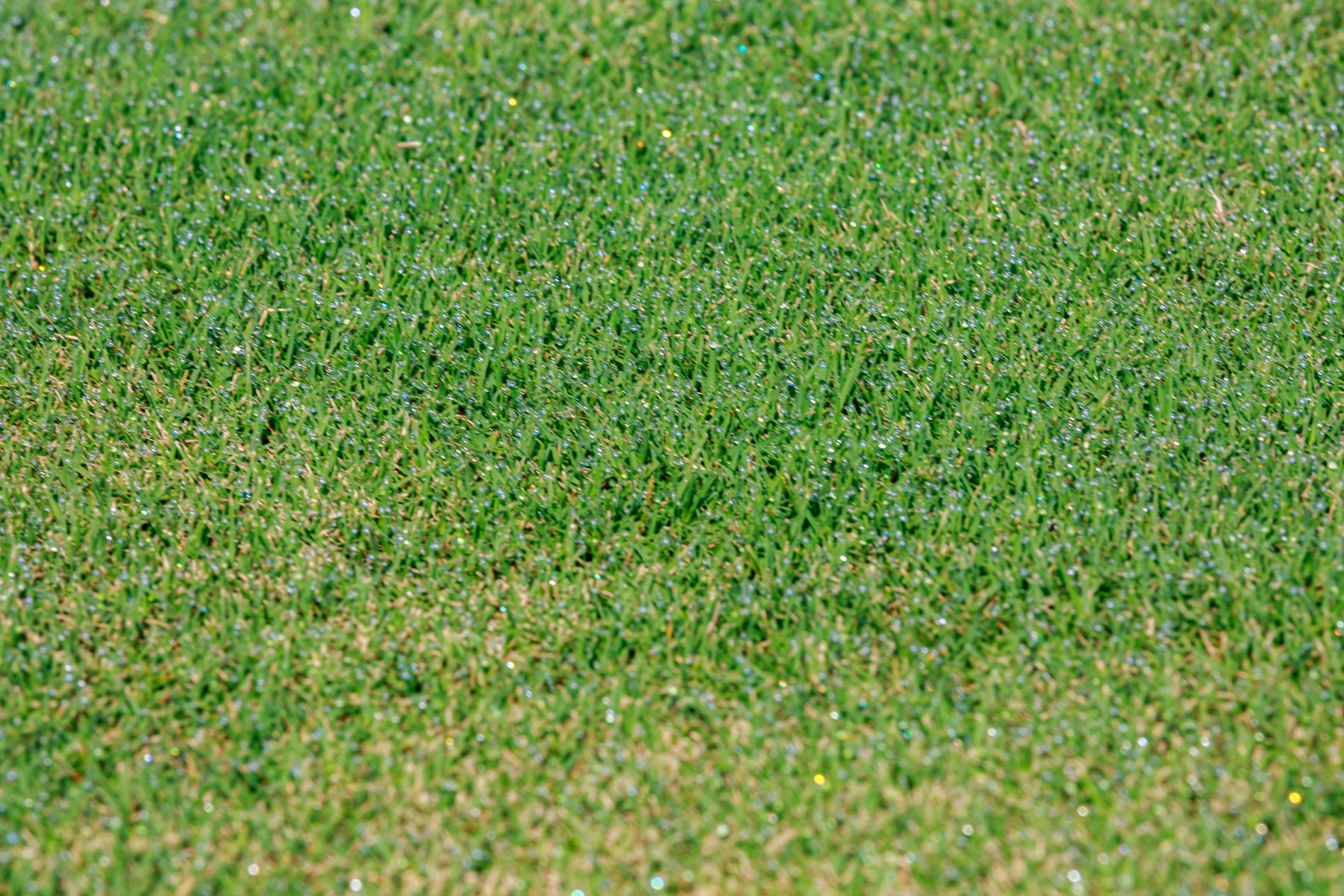Maintaining a perfect lawn isn’t just about proper mowing; it’s about addressing issues promptly. If you’ve observed patches or bare spots in your lawn, this guide will provide you with insights on how to restore your lawn to its lush green glory. Our Legacy Turf Farms has all the resources you need to rehabilitate your lawn, starting from our Sod Types page where you can find specific varieties for different lawn conditions.
Identifying the Problem
Before you jump into solutions, it’s essential to understand why these patches or bare spots have appeared. Common causes include pests, fungal diseases, lack of sunlight, heavy foot traffic, and over or under-watering. Each cause may need a slightly different approach for repair, so diagnose the issue correctly. You may need a professional opinion for some stubborn or recurring problems.
How to Repair Patches and Bare Spots
1. Prepare the Patch: Remove all debris including dead grass, leaves, and rocks from the bare spot. Use a garden rake to scratch the soil surface to a depth of about half an inch. This process helps to create a conducive environment for the new grass to establish roots.
2. Apply Compost: Spread a thin layer of compost or topsoil over the area. This step enriches the soil with necessary nutrients for grass growth.
3. Seeding: Pick the right type of grass seed that matches the rest of your lawn. Sprinkle the seeds over the patch, ensuring good coverage. After seeding, cover the area with another thin layer of compost or straw to protect the seeds from birds and help retain moisture.
4. Water Regularly: Keep the patched area consistently moist until the new grass sprouts, which usually happens in a couple of weeks. Be mindful not to overwater, as it can wash the seeds away or cause fungal diseases.
5. Mow with Care: When the new grass reaches about 3 inches in height, it’s ready for its first gentle mowing. Remember to set your mower at a high setting to avoid cutting too much grass at once.
Lawn Repair for Our Georgia Climate
Given our Georgia climate, another technique to restore your lawn’s vibrancy is overseeding, which is sowing new grass seeds directly into existing turf. We talk about this in greater detail in this post. This is especially effective during the fall when the cooler temperatures facilitate seed germination and the dewy mornings help keep the soil moist.
For bare spots caused by heavy foot traffic, consider replacing with Legacy Turf’s Tahoma 31 Bermudagrass or Geo Zoysia. They’re known for their exceptional wear tolerance and recovery, perfect for those high-traffic areas in your lawn. Their resilience to traffic can save you future repair hassle.
Final Thoughts
Lawn care is a rewarding endeavor that needs constant attention and care. A lush, green lawn is always within your grasp, provided you adhere to proper mowing heights, address bare spots promptly, and choose the right grass variety for your needs.
Remember, just as mowing your grass to the right height promotes healthy growth, repairing patches and bare spots ensures a uniformly vibrant lawn. And as always, Legacy Turf Farms is here to help with a range of sod types and comprehensive lawn care guides. Contact us today to start on your path to a healthier, more vibrant lawn.
